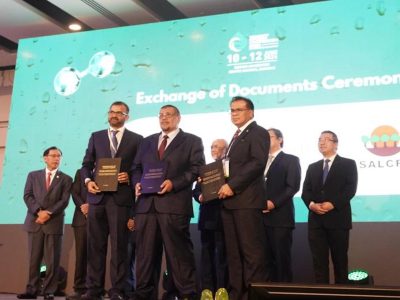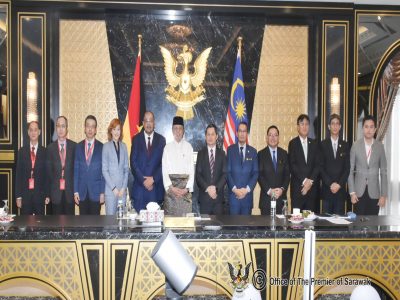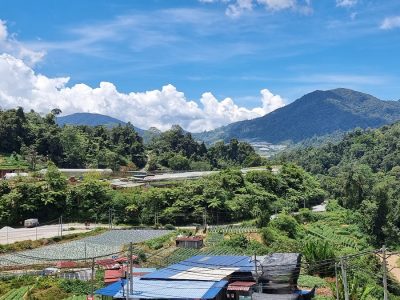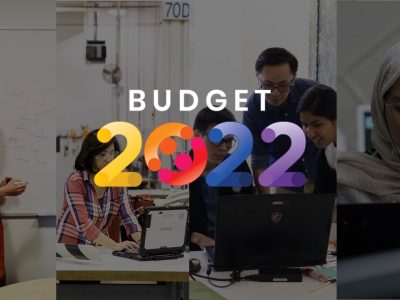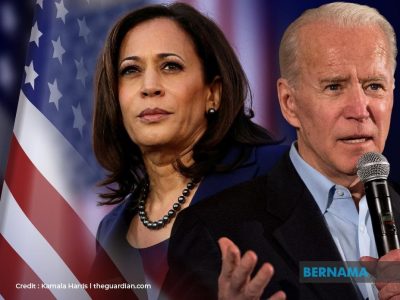Following a period of stalled renewable energy progress and policy uncertainty, Australia is gaining ground again as one of the world’s top 10 most attractive countries for renewable energy investment.

Wind turbines along the Southern Ocean, Western Australia. The country aims to source 33,000 gigawatts of energy from renewable sources by 2030. Image: Shutterstock
Australia’s viability as a renewable energy investment destination has improved after a recent slump caused by several years of unfavourable policies, the latest Renewable Energy Country Attractiveness Index by professional services firm EY has found.
Released on Tuesday, the May 2016 edition of the London-headquartered consultancy’s triannual index shows that Australia now ranks as the 10th most attractive country globally for renewable energy investment, up from 13th place last September. This was a sharp drop from Australia’s sixth-place spot in November 2013.
The top three countries – China, India, and the United States, remained unchanged from the previous ranking.
The report attributed Australia’s improved performance on the index to the end of policy uncertainty around Australia’s Renewable Energy Target (RET) as well as the sector’s renewed push to meet this target.
The RET is a government policy first announced in 2000 to set a minimum threshold for renewable energy’s share in Australia’s energy mix.
Currently, the country aims to source at least 33,000 gigawatt-hours (GWh) of its electricity from renewable sources by 2020. This will make up about 23.5 per centof the country’s total electricity supply.
The target used to be 41,000 GWh until 2014, when the government initiated a review due to concerns about the economic impact of the policy on Australian households and the economy. Dubbed the Warburton Review, it was led by businessman Richard Warburton, who has been widely accused of being a climate denier.
The scaled down target of 33,000 GWh was announced last June, and will not be reviewed again until 2020.
In its report, EY noted that the time taken to recalibrate the RET resulted in little progress in the sector from 2014 to 2015. But now, the industry is left with between just five and six gigawatts of new renewable energy to build in order to meet the 33,000 GWh target.

EY’s Renewable Energy Country Attractiveness Index May 2016. Image: EY
Cautious optimism
The outlook for renewable energy demand in the country is a positive one, thanks to the certainty around the RET and moves by several state governments to launch their own renewable energy procurement schemes, noted the report.
The Australian Capital Territory, for example, said last month that it wants to source all its energy from renewable sources by 2020, and intends to commission more wind energy projects in the future.
But this optimism is tempered by the fact that not many companies are signing long-term agreements to buy renewable energy from providers, which is a crucial element for clean energy firms to have financial certainty.
Rather, customers prefer to commit to shorter contracts – known as power purchase agreements (PPAs) – covering only three to five years.
This, explained the report, is because the RET ends in 2030, and there is no long-term policy certainty to guide energy investments after that.
“It is difficult to comprehend the sheer volume of global pension fund money that needs to be invested in energy infrastructure, and particularly non-conventional energy.” – Matt Rennie, power and utilities leader, EY Oceania
Matt Rennie, power and utilities leader of EY Oceania, said in a statement that the fact that most PPA terms offered today are only three to five years long “is holding back a mountain of global cash looking for alternative energy infrastructure investments”.
“It is difficult to comprehend the sheer volume of global pension fund money that needs to be invested in energy infrastructure, and particularly non-conventional energy,” said Rennie. Other players are also stepping up spending in the sector.
For example, electricity major AGL Energy in February launched a A$3 billion renewable energy fund to develop utility-scale projects, and the Australian Government in March announced a A$1 billion Clean Energy Innovation Fund to support ground-breaking projects in the early stages of development.
But things may slowly be changing, said Rennie. In March, local power retailer Origin Energy signed a 15-year PPA with a solar farm in northern New South Wales.
Ultimately, policy certainty for the post-2030 period will be required to drive long-term growth in renewable energy in Australia, noted Rennie.
He added: “That is what the sector will be looking for following the upcoming Federal election (on July 2), regardless of who is in power”.










